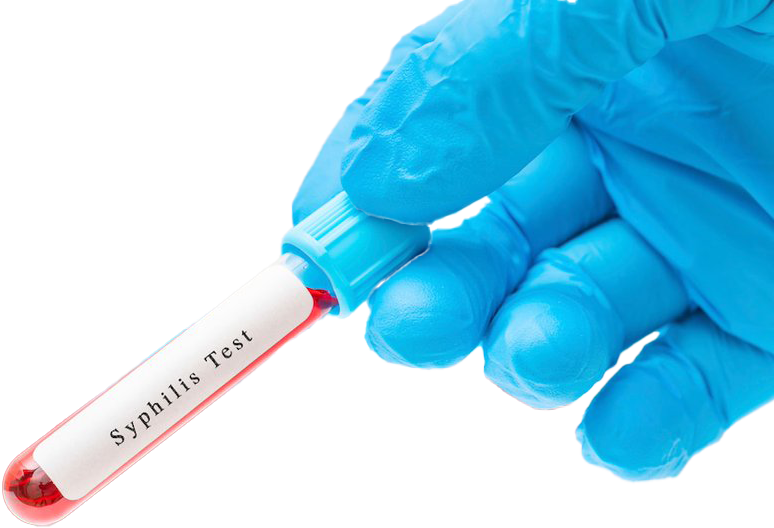By Warren Kulo
Montgomery and Mobile are two of the nation’s worst cities for the rate of sexually transmitted diseases, according to the most recent data from the U.S. Centers for Disease Control.
The CDC recently released data on STDs for the first time since the COVID-19 lockdown, as noted by the Innerbody Research Institute, which crunched the numbers from the CDC and found that nearly 40% of the 100 cities with the top rates of STDs are in the South.
Although Philadelphia, Pa., is home to the highest rate of STDs, with 1,504 cases per 100,000 residents, five of the next six in the rankings are in the Deep South — including Montgomery, which ranks seventh with 1,323 cases of sexually transmitted diseases per 100,000 residents.
Cases of chlamydia account for the highest number in Alabama’s capital city, with 3,252 over the past year, followed by gonorrhea with 1,571 cases; 80 cases of syphilis; and 64 cases of HIV.
Mobile ranks 14th on the list with 1,234 STD cases per 100,000 residents. As with Montgomery, cases of chlamydia dominate Mobile’s STDs, with 5,795 cases in the past year. Cases of gonorrhea totaled 1,944; cases of syphilis totaled 160; and there were 91 cases of HIV.
Memphis, Tenn., was second on the list, followed by Jackson, Miss.; New Orleans, La.; St. Louis, Mo.; Baton Rouge, La.; Montgomery; San Francisco, Calif.; Detroit, Mich.; and Washington, D.C., rounding out the top 10.
Although in the bottom half of the rankings, Huntsville ranked 51st, with 859 STD cases per 100,000 residents, including 2,699 cases of chlamydia; 1,451 cases of gonorrhea; 44 cases of syphilis; and 52 cases of HIV.
In total, 68% of the cities in the top 25 for STDs are from the South, which accounts for only 39% of the population — a trend which the study terms “disturbing.”
The report suggests cities in the South may be hardest hit due to social and racial disparities, including the lack of health insurance; poverty and housing issues; substance abuse; and lack of sufficient health infrastructure — all factors which disproportionately affect minority racial and ethnic groups.
The rise in syphilis cases is perhaps the most troubling, given there were 220 cases of stillbirth or infant death in the U.S. attributable to the disease over the 12-month period examined by the CDC. The report also notes thousands of children who survive, but face long-term health consequences from the disease.
“While newborn syphilis cases are increasing nationwide and across every racial and ethnic group, some communities, including those of people who are Black, Hispanic, and American Indian or Alaskan Natives, are experiencing the brunt of the newborn syphilis epidemic,” said Dr. Laura Bachmann, the chief medical officer in the CDC’s Division of STD Prevention.
Nationwide, cases of gonorrhea and chlamydia have returned to pre-pandemic levels, with 1.6 million cases of chlamydia in the U.S. and 710,000 cases of gonorrhea.











